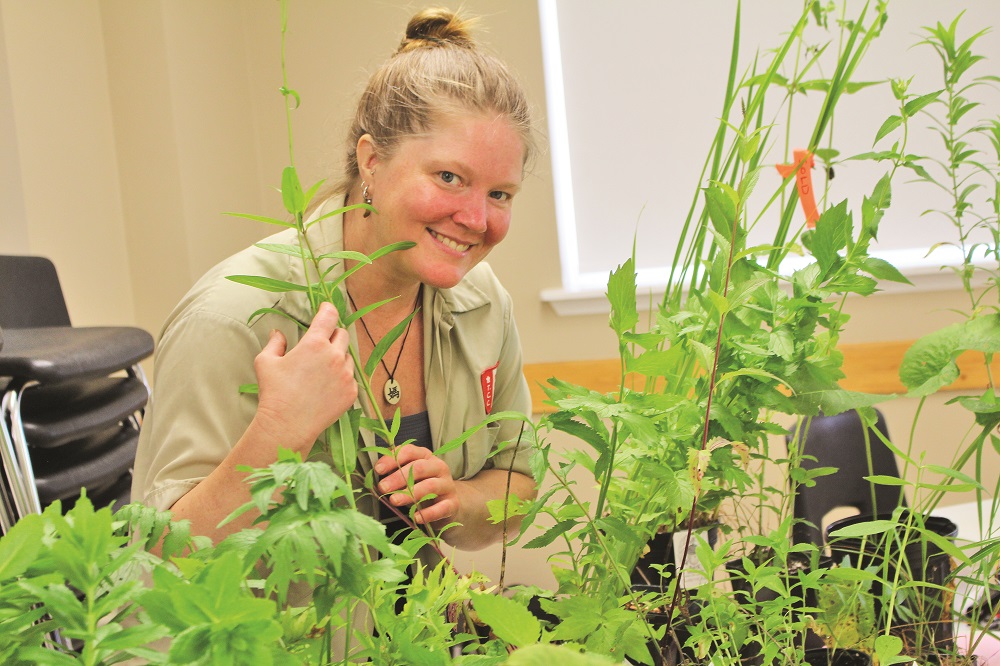The Coalition of Haliburton Property Owners Associations (CHA) says it has hired the top aquatic ecosystems expert in Ontario to re-evaluate lake health monitoring in Haliburton County.
CHA chair Paul MacInnes said he met with lake health expert Dr. Norman Yan about a year ago, and Yan told him, “all of our lake health monitoring systems are more than 40 years old, and so much has changed in the last 40 years. Maybe we really need to do something about that. Maybe we need to re-evaluate how we monitor lake health.”
Some of the variables since testing began in the 1980s include climate change, invasive species, calcium decline and loss of grazers.
MacInnes said following his meeting with Dr. Yan, the CHA, “realized we couldn’t wait for somebody else to do something about that.” They raised $21,000 to hire Hutchinson Environmental, a firm that studies inland waters, with a mandate to rethink lake health monitoring. Their findings will be presented at a CHA event May 6 at Sir Sam’s Ski/Ride.
MacInnes said lake association members will be advised as to what they should be monitoring, and in order of priority, as well as the cost in time and money. He added that new technologies, and where to store data, will also be discussed.
Legislation and education needed
During a delegation to a Highlands East council meeting last week, MacInnes said CHA’s three goals for 2023 are: the implementation of a shoreline preservation bylaw; standardization of the septic re-inspection programs, and upgrading to level 4 inspections in all municipalities; and a short-term rental bylaw that acts to prevent hydraulic overload.
Hydraulic overload occurs when a septic tank receives too much water at one time, causing the wastewater to back-up. For example, renters could be using too much water all at once, exceeding the septic tank capacity.
The CHA partnered with Trent University, Watersheds Canada, and Canadian Wildlife Federation on the Love Your Lake program. They evaluated more than 1,000 km of shoreline on 60 lakes, or 13,484 properties. MacInnes said they found, on average, less than half of the shoreline was natural and less than 10 per cent of lakes met the 75 per cent natural shoreline criteria for lake health.
They followed with a robust shoreline education campaign, but MacInnes said they have found “education is not enough. Destruction continues.” Showing three photos of clear-cuts, MacInnes said a constant turnover of buyers, and new owners acting before the CHA can get to them, is a problem.
“We need local government to act now before it’s too late,” MacInnes added.
MacInnes said “our lakes are already suffering, and the suffering will increase. Education is not enough by itself. We need to legislate. We need to get faster.”





